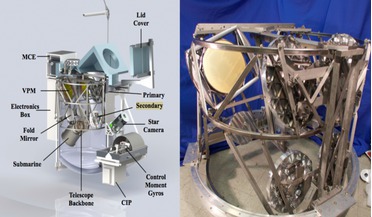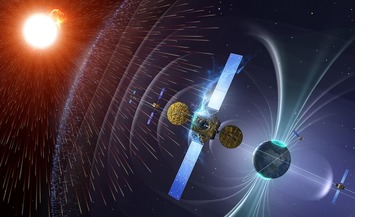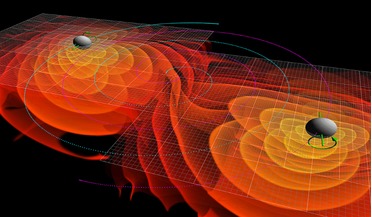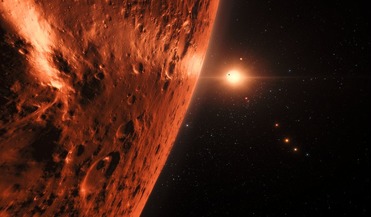 26 July 2016
Will PIPER be successful in confirming Inflation Theory?
26 July 2016
Will PIPER be successful in confirming Inflation Theory?
...oldest light in the Universe and it is the thermal radiation left over from the time of recombination i.e when ...but have so far been unsuccessful. Space is littered with radiation emitted from all types of sources and instruments searching for...
 10 October 2016
Risk of chronic dementia for astronauts heading to Mars
10 October 2016
Risk of chronic dementia for astronauts heading to Mars
... galactic cosmic rays. These current findings however raise much greater alarm said Charles Limoli, Professor of radiation oncology in UCI's School of Medicine and one of the authors of the research published in todays Nature’s Scientific Reports...
 12 December 2016
Gravitational waves proved Einstein right, now they may help prove him wrong too
12 December 2016
Gravitational waves proved Einstein right, now they may help prove him wrong too
...experience anything dramatic as she or he crosses the event horizon – the boundary around a black hole beyond which radiation cannot escape; a sort of ‘point of no return’ as it were. In this scenario, any physical information going into a black hole...
 01 September 2017
TRAPPIST-1 planets could contain substantial amounts of water
01 September 2017
TRAPPIST-1 planets could contain substantial amounts of water
... the likelihood of water being present. “Ultraviolet radiation is an important factor in the atmospheric evolution ... detect the departing hydrogen. The amount of ultraviolet radiation emitted by TRAPPIST-1, does indeed suggest that the planets...